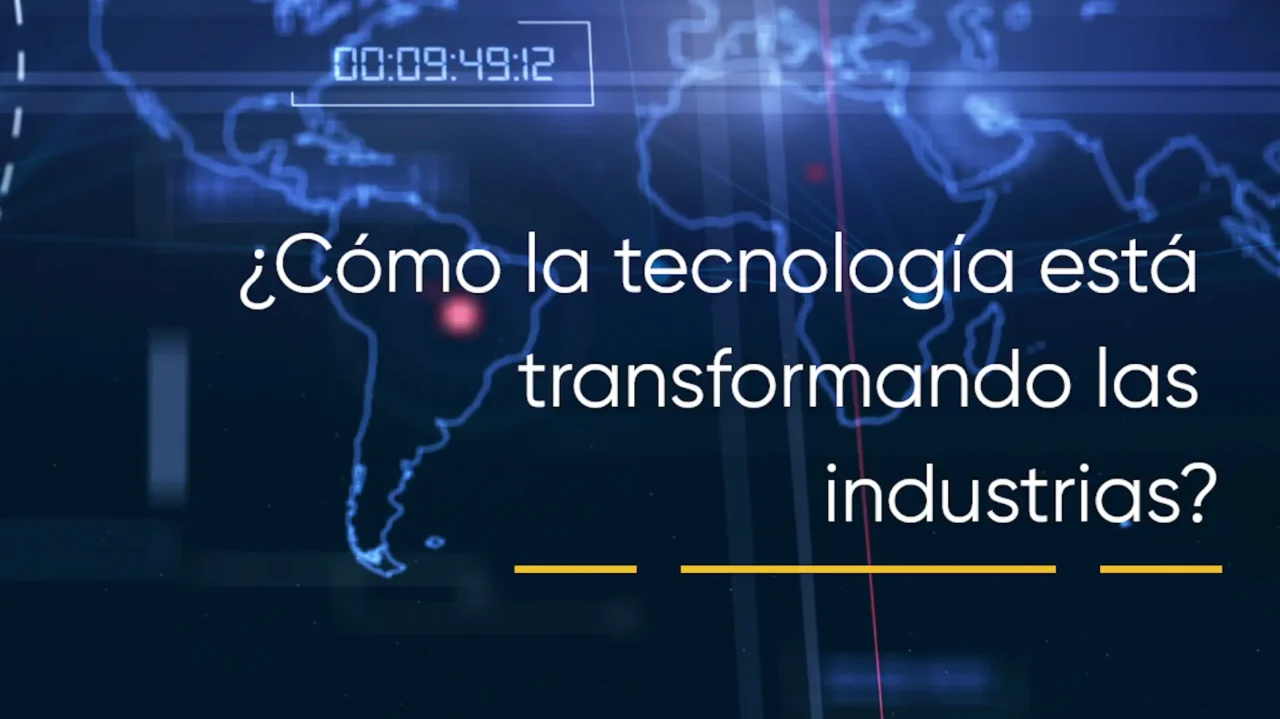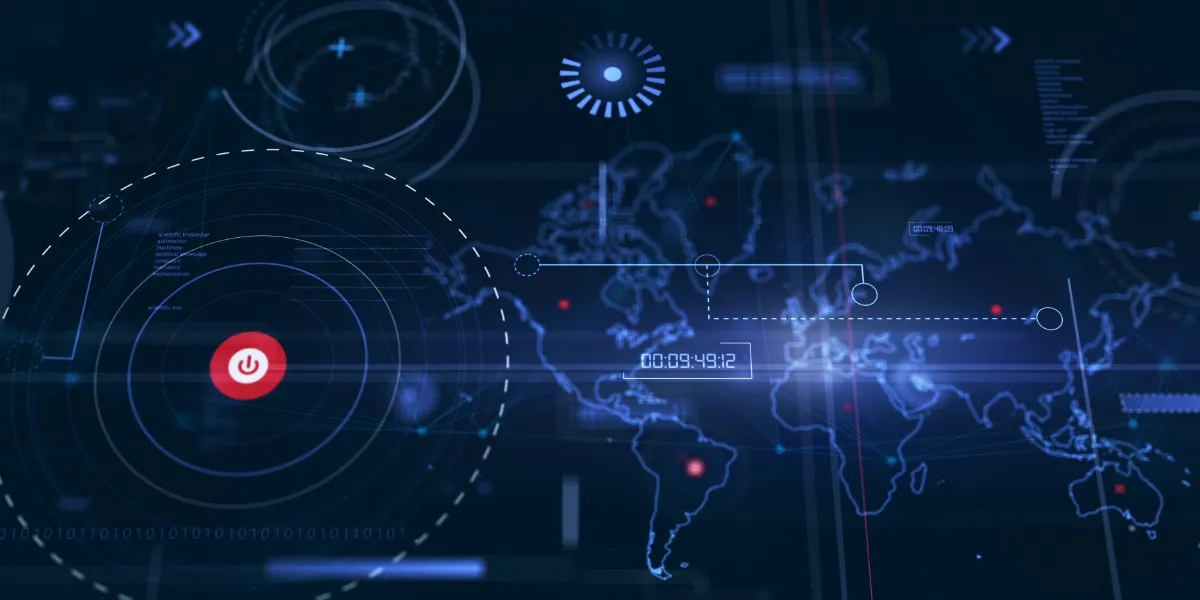How technology is transforming industries. | Technology and the future of espionage.
At a 2018 conference on the future challenges facing organizations, former U.S. Director of National Intelligence Dan Coats argued that the transformation of industries must be a revolution rather than an evolution.
Organizations must be innovative and flexible, capable of rapidly adopting groundbreaking technologies wherever they emerge. Organizational sectors around the world are now at a crossroads: the increasing proliferation of technologies, including artificial intelligence, Big Data, robotics, the Internet of Things, Blockchain, and more, is changing the game.
The digital transformation of organizational intelligence.
Technological advances in recent years have led organizations to challenge the accepted truths that have historically shaped their efforts. The hierarchical and compartmentalized industrial structure of these organizations is now changing, revolving primarily around the integration of new technologies with traditional intelligence work and the redefinition of the role of humans in the intelligence process.
Indeed, technological innovations have always been critical, but when it comes to processing, analyzing, interpreting, and acting upon data, human capacity, with all its limitations, has always been considered indisputably superior. That the proliferation of data and data sources requires a better prioritization and analysis system is undeniable.
¿But who should have supremacy? ¿Humans or machines?
Big Data comes to the spy business.
Intelligence veterans in the United States claim there is no substitute for human judgment. They argue that artificial intelligence will never be able to understand the full spectrum of considerations in strategic decision-making, and that it cannot evaluate abstract issues in interpreting human behavior. Machines can collect data and perhaps identify patterns, but they will never be able to interpret reality as humans do.
In contrast, “techno-optimists” assert that human superiority, which defined intelligence activities for the last century, now gives way to technological superiority. While humans remain significant, their role is no longer exclusive, and perhaps not even the most important, in the process. How can the average intelligence officer cope with the relentless volumes of information produced by the modern world?
The Emerging Consensus: Human-Machine Collaboration and the Democratization of Organizational Intelligence.
Of course, the most prominent proponents of machine integration in intelligence work aren’t completely eliminating human involvement; even the most skeptical don’t doubt the need to integrate artificial intelligence into intelligence activities. The debate centers on the question of who will assist whom: machines assisting humans or humans assisting machines.
Most experts agree that the key to moving intelligence communities into the 21st century lies in breaking down inter- and intra-organizational barriers. Therefore, it’s not surprising that the drive toward technological innovation is part of the current intelligence revolution.









